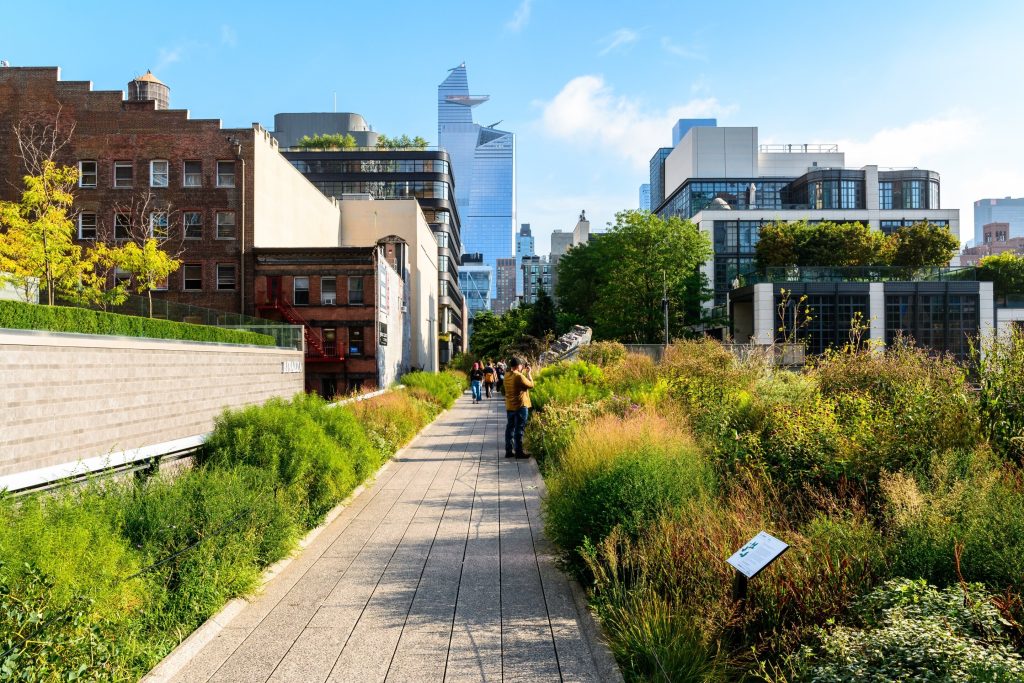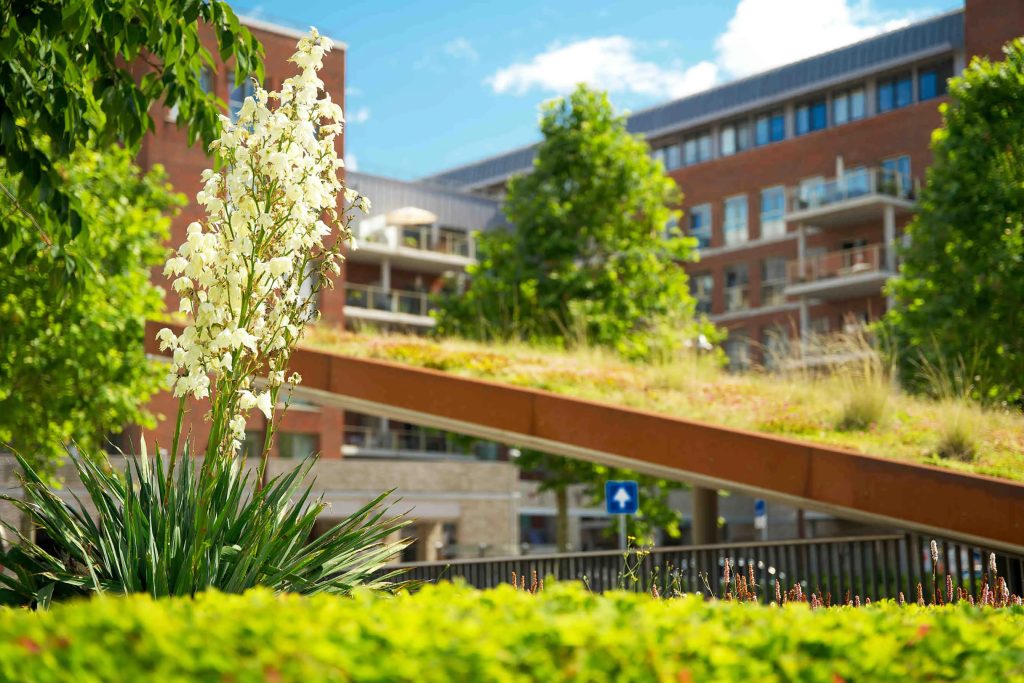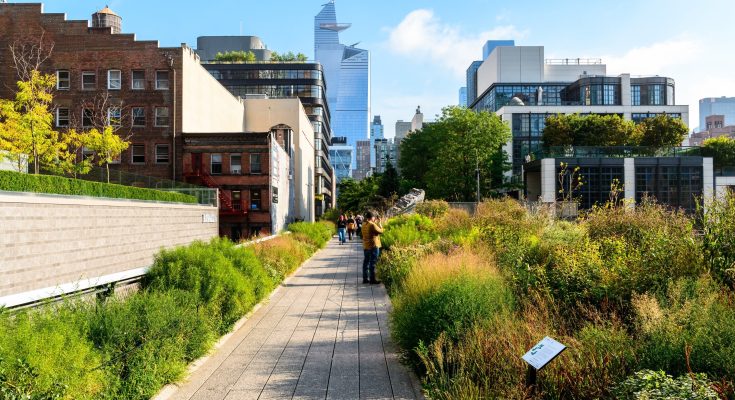Green infrastructure represents a transformative approach to urban planning, emphasizing the integration of natural systems into cityscapes to enhance both environmental sustainability and quality of life. As urbanization continues to expand, the importance of preserving and promoting urban biodiversity through green infrastructure becomes increasingly crucial.
This comprehensive strategy involves the creation and maintenance of green spaces, such as parks, green roofs, community gardens, and wetlands, all of which serve as critical habitats for diverse species. By embedding these elements into urban design, cities can mitigate the negative impacts of urbanization on biodiversity and foster resilient ecosystems.

The Role of Green Infrastructure
Green infrastructure serves multiple functions in an urban context. It not only provides essential services such as stormwater management, air purification, and temperature regulation but also creates habitats that support a wide range of flora and fauna. For example, parks and community gardens introduce native plant species into the city, which in turn attract pollinators like bees, butterflies, and birds. These spaces act as vital refuges for wildlife, offering food, shelter, and breeding grounds amidst the concrete jungle.
Enhancing Urban Biodiversity
Urban biodiversity refers to the variety of living organisms found in urban areas, including plants, animals, fungi, and microorganisms. This biodiversity is crucial for maintaining ecological balance and providing ecosystem services that benefit human populations. Green infrastructure enhances urban biodiversity by:

- Creating Habitats: Green roofs, vertical gardens, and green walls provide nesting and foraging sites for birds, insects, and small mammals. Wetlands and ponds support amphibians, fish, and aquatic plants.
- Connecting Habitats: Green corridors and linear parks connect isolated green spaces, allowing species to move freely and access different habitats. This connectivity is vital for genetic diversity and species survival.
- Supporting Native Species: Planting native species in urban green spaces supports local wildlife and maintains regional ecological characteristics. Native plants are adapted to local conditions and provide better resources for native fauna.
- Reducing Fragmentation: Urban development often fragments natural habitats, isolating species and reducing biodiversity. Green infrastructure helps to reduce this fragmentation by integrating natural elements into urban areas, creating continuous or semi-continuous habitats.
Benefits to Urban Residents
The benefits of green infrastructure extend beyond ecological gains. Urban residents also experience numerous advantages, including:
- Improved Air Quality: Plants in green spaces absorb pollutants and produce oxygen, improving air quality and reducing respiratory problems among city dwellers.
- Temperature Regulation: Trees and vegetation provide shade and release moisture through transpiration, cooling the urban environment and mitigating the urban heat island effect.
- Mental and Physical Health: Access to green spaces encourages outdoor activities, reducing stress and promoting physical health. Nature exposure has been linked to improved mental well-being.
- Aesthetic and Recreational Value: Green infrastructure enhances the visual appeal of urban areas and provides recreational spaces for residents, contributing to a higher quality of life.
Challenges and Solutions
Despite its numerous benefits, implementing green infrastructure in urban areas poses several challenges. These include limited space, high land costs, and competing interests in densely populated cities. However, innovative solutions and strategic planning can overcome these obstacles:
- Multi-functional Spaces: Designing green spaces that serve multiple purposes, such as stormwater management, recreation, and habitat creation, maximizes the use of limited urban land.
- Community Involvement: Engaging local communities in the planning, development, and maintenance of green infrastructure fosters a sense of ownership and ensures that projects meet residents’ needs.
- Policy Support: Strong policies and incentives at the municipal level can promote the integration of green infrastructure into urban development plans. Examples include green building standards, tax incentives, and grants for green projects.
- Innovative Design: Utilizing innovative design approaches, such as green roofs, vertical gardens, and pocket parks, can incorporate green infrastructure into even the most space-constrained urban environments.
case studies
Barcelona, Spain: Barcelona has integrated green infrastructure to enhance urban biodiversity and improve quality of life through initiatives like the Green Infrastructure Plan and the creation of green corridors. The city’s transformation of former industrial sites into urban parks, such as the Parc de Diagonal Mar, and the development of green rooftops on commercial buildings have created new habitats for wildlife and increased green space accessibility for residents. These efforts help mitigate urban heat islands and manage stormwater while promoting a vibrant urban ecosystem.
Vancouver, Canada: Vancouver’s commitment to green infrastructure is evident in projects like the Greenest City Action Plan, which aims to increase urban green spaces and biodiversity. The city’s extensive network of green roofs, such as those on the Vancouver Convention Centre, and the development of urban forests like Pacific Spirit Regional Park contribute to biodiversity and ecological resilience. Vancouver’s approach also includes enhancing green corridors and integrating nature into urban development, resulting in improved air quality, reduced flooding, and increased habitat for local wildlife.
Melbourne, Australia: Melbourne has undertaken significant green infrastructure projects to foster urban biodiversity and enhance environmental sustainability. The city’s Urban Forest Strategy aims to increase tree canopy cover and create green spaces throughout the metropolitan area. Initiatives like the Royal Park’s biodiversity corridors and the installation of green roofs on commercial buildings support a diverse range of plant and animal species. Melbourne’s approach not only provides critical habitats but also improves urban cooling, air quality, and resident well-being, making the city more resilient to climate change.
Tokyo, Japan: Tokyo’s innovative green infrastructure projects, such as the Shinjuku Gyoen National Garden and the urban greening of commercial areas, showcase how large cities can integrate nature into dense urban environments. The city’s efforts to develop green walls and rooftops on high-rise buildings, coupled with the creation of pocket parks, contribute to increased biodiversity and better environmental management. Tokyo’s approach includes leveraging limited space for green projects, which helps to improve air quality, reduce heat islands, and provide urban wildlife with essential habitats.
Portland, Oregon, USA: Portland is known for its pioneering green infrastructure initiatives, such as the development of the Portland Green Streets program and extensive network of green roofs and bioswales. The city’s commitment to integrating natural systems into urban planning has resulted in enhanced stormwater management, increased urban biodiversity, and improved quality of life for residents. Projects like the Eastbank Esplanade and the conversion of vacant lots into community gardens demonstrate how green infrastructure can create valuable green spaces and foster environmental stewardship in urban settings.
Conclusion
Green infrastructure is essential for promoting urban biodiversity and creating sustainable, livable cities. By integrating natural systems into urban environments, cities can provide critical habitats for wildlife, improve ecosystem services, and enhance the well-being of their residents. While challenges exist, strategic planning, innovative design, and community involvement can overcome these barriers, leading to thriving urban ecosystems and healthier, more resilient cities. As urbanization continues to expand, the role of green infrastructure in preserving and enhancing urban biodiversity becomes ever more critical.




